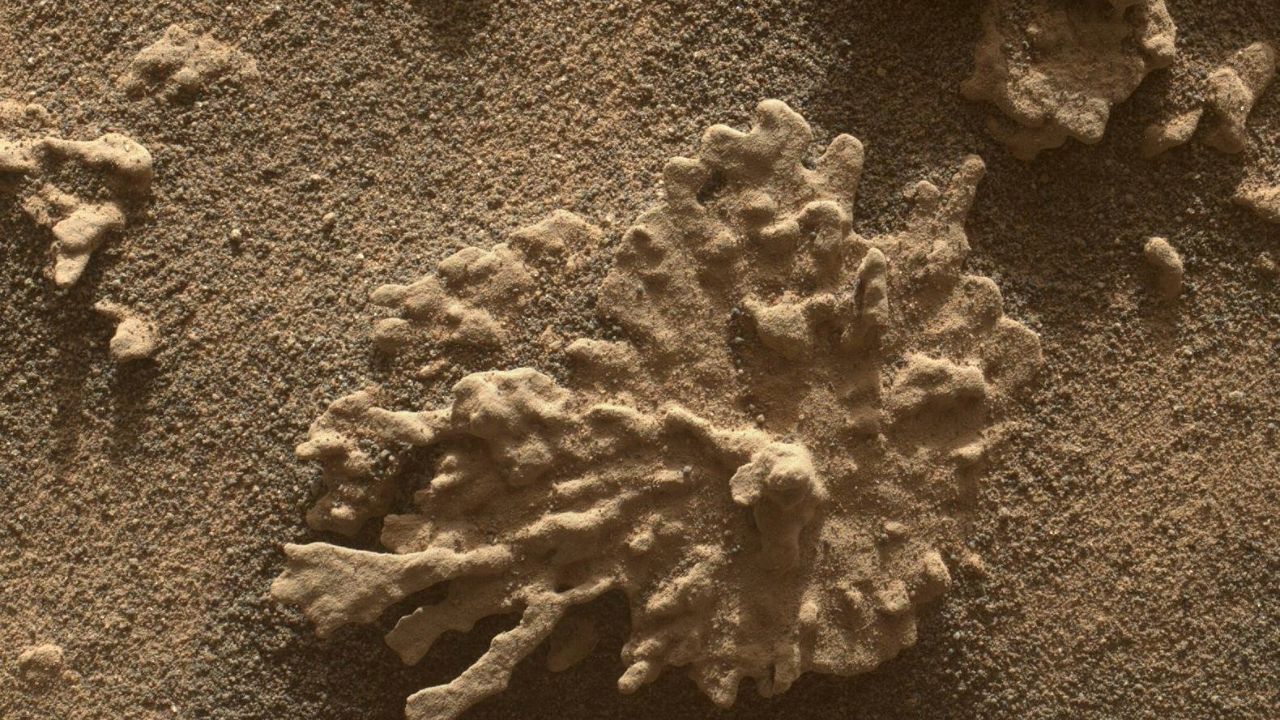NASA’s Curiosity rover has reached a significant milestone, celebrating 13 years on Mars while continuing to unveil the planet’s mysteries. Since its landing in Gale Crater on August 6, 2012, Curiosity has traversed over 22 miles (35 kilometers), conducting vital research on Martian geology and climate.
Curiosity’s mission has revealed that Mars once had conditions supportive of microbial life, featuring liquid water and a thicker atmosphere. Despite facing challenges such as worn wheels and mechanical issues, engineers have successfully implemented creative solutions to keep the rover operational. Recent software upgrades have enhanced Curiosity’s autonomy, allowing it to multitask and conserve energy more effectively.
New Autonomy Enhances Rover’s Efficiency
According to NASA, these upgrades enable Curiosity to sleep earlier after completing its daily tasks, extending its scientific lifespan by conserving energy from its aging nuclear power source. Reidar Larsen, a flight systems engineer at NASA’s Jet Propulsion Laboratory in California, noted, “We were more like cautious parents earlier in the mission. It’s as if our teenage rover is maturing, and we’re trusting it to take on more responsibility.”
Curiosity utilizes a multi-mission radioisotope thermoelectric generator (MMRTG) that converts heat from plutonium decay into electricity. As the plutonium gradually depletes, the energy output decreases, resulting in longer recharging times and less power available for scientific tasks. Engineers have tackled this challenge by streamlining operations, combining tasks such as driving, photography, and data transmission.
By reducing the daily operational plan and allowing Curiosity to enter sleep mode after completing its work, NASA estimates that even minor adjustments—like trimming just 10 to 20 minutes from daily tasks—can accumulate significant energy savings over time.
Discoveries in the Martian Landscape
Curiosity’s exploration has recently led to the discovery of a fascinating rock formation, nicknamed Paposo, which resembles coral. Captured on July 24, 2025, this rock, approximately two inches (five centimeters) wide, is believed to have formed billions of years ago when Mars had a wetter climate. Mineral-rich water likely seeped into the rock’s cracks, leaving hardened deposits, while strong winds sculpted the material into its intricate shape.
Currently, Curiosity is investigating a region characterized by “boxwork formations,” ridges that likely developed underground due to ancient water activity. These features are located on the lower slopes of Mount Sharp, a three-mile-high (five-kilometer-high) mountain the rover has been ascending for years.
Overall, NASA reports that Curiosity remains in good health, benefiting from innovative engineering and updated algorithms. With its newfound ability to conserve energy and manage tasks efficiently, the rover continues to push the boundaries of Martian exploration. “Together, these measures are doing their job to keep Curiosity as busy as ever,” the agency stated.
